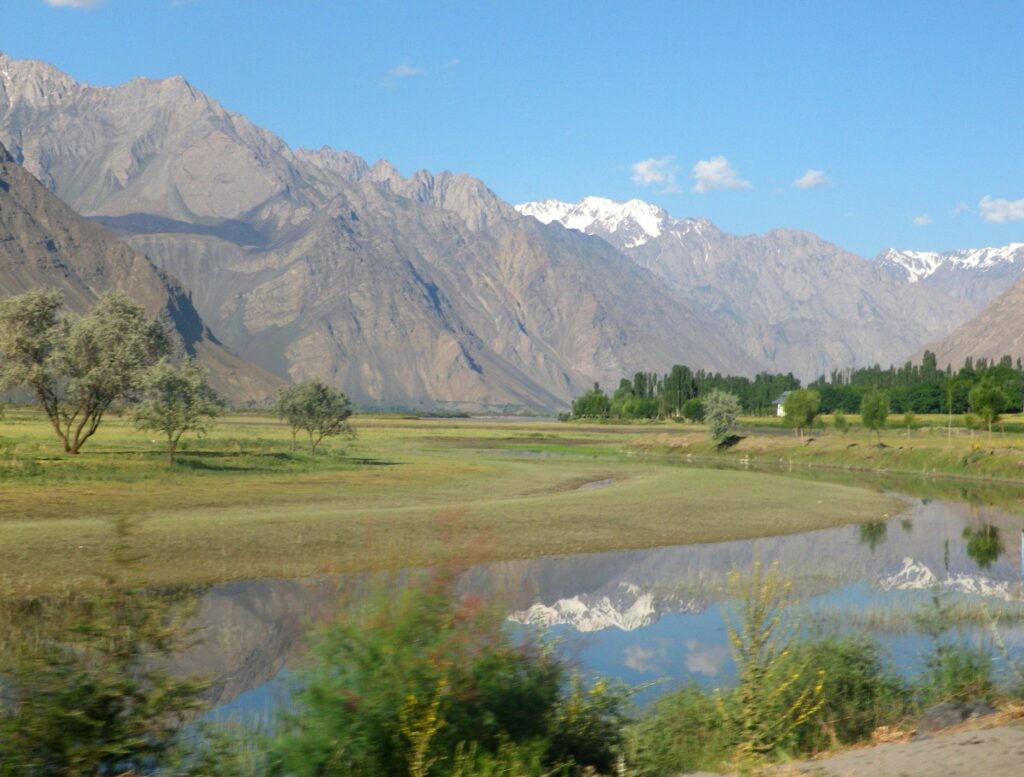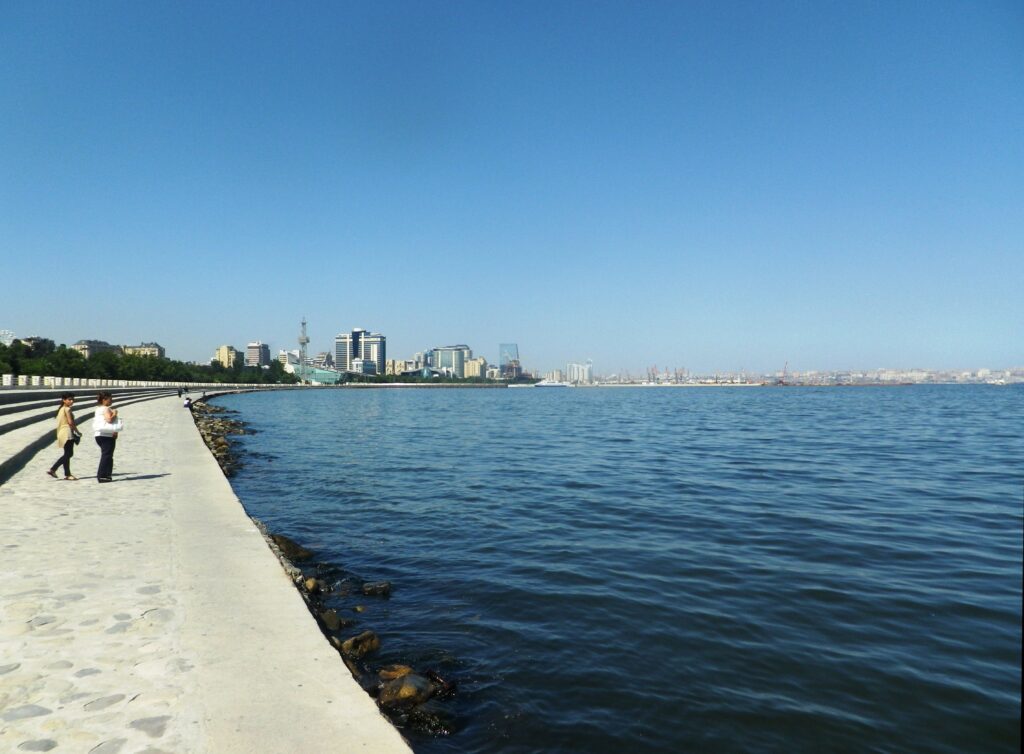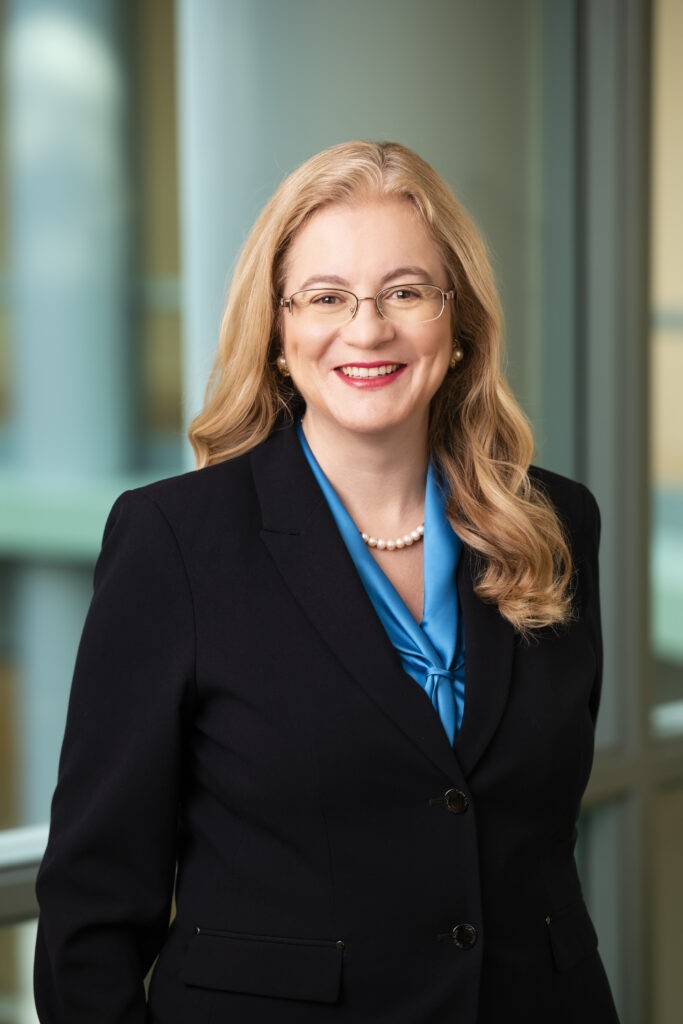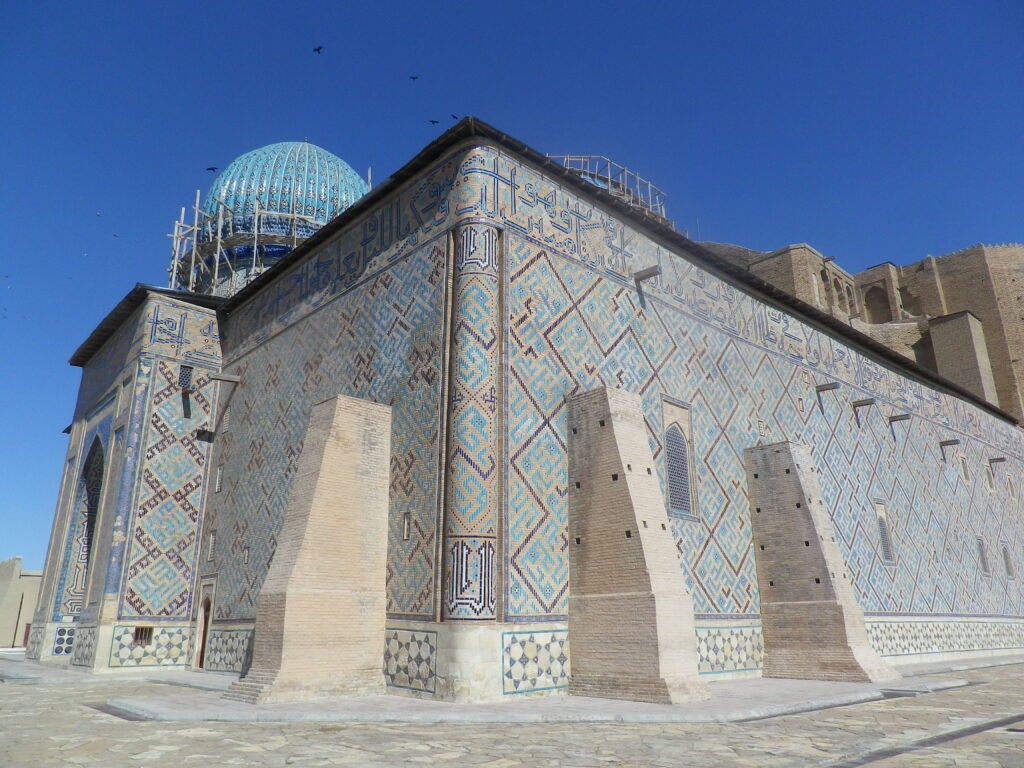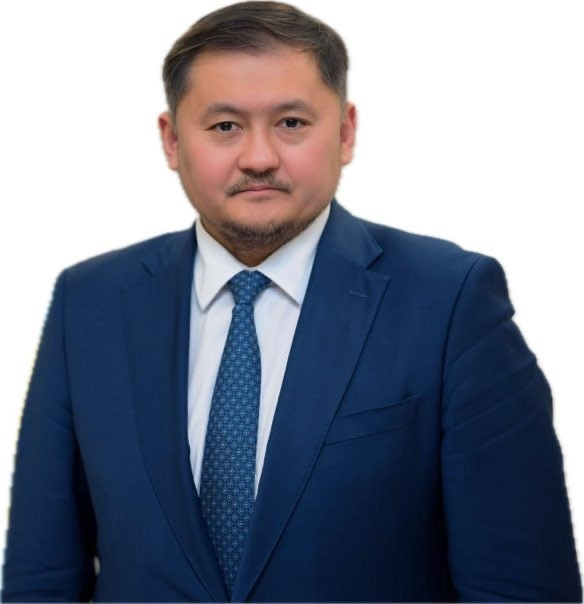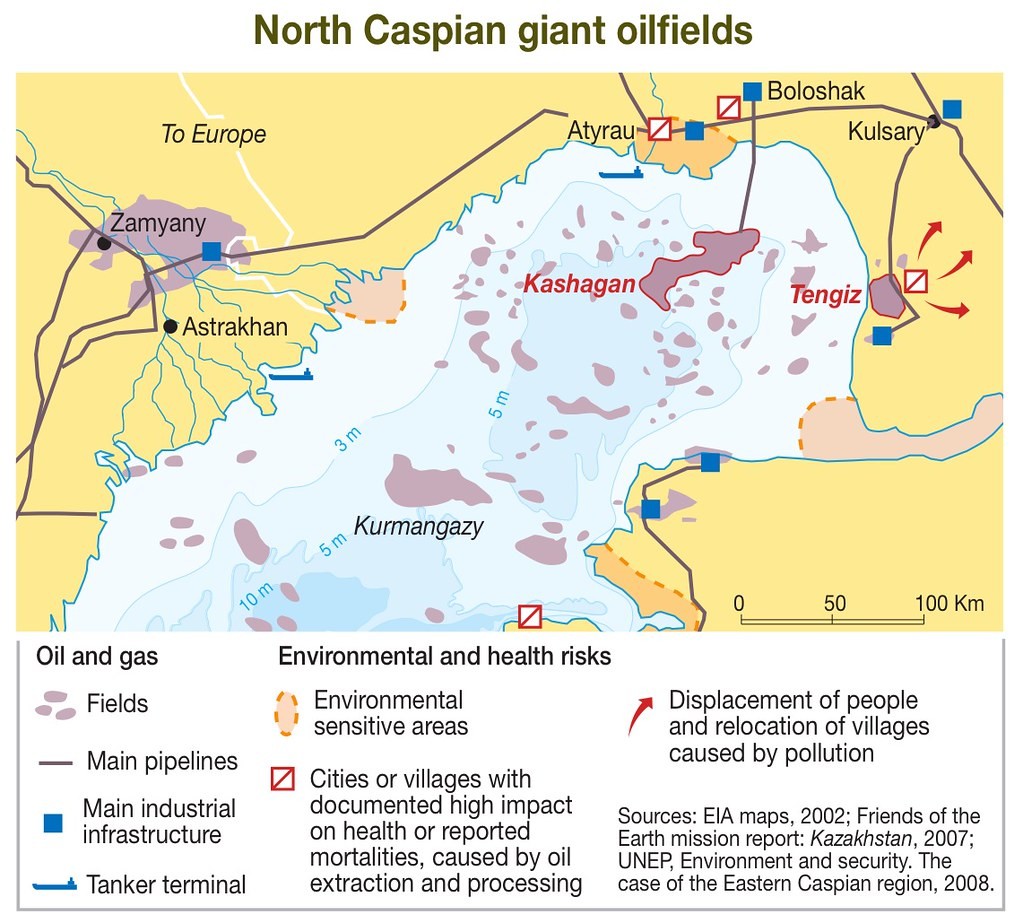Central Asia Can Help Bring Afghanistan into the International Fold
Afghanistan's situation remains deeply troubling, reflecting a complex history of conflict and political instability that has severely impacted its social and economic fabric. The Soviet Union's invasion 45 years ago, followed by the Taliban's rise to power in 1996 and the U.S. involvement after the September 2001 terrorist attacks linked to Al-Qaeda, and finally the Taliban’s return to leadership in 2021, have all shaped the current crisis. Today, Afghanistan appears no closer to becoming a functioning state capable of contributing positively to the global community. As recent as 2020, nearly half of the country’s population lived below the poverty line. The plight of women and girls continues to be particularly dire as they have been denied secondary education since the Taliban regained power nearly three years ago. An invigorated engagement with the international community would no doubt provide multiple benefits to not only Afghanistan’s own people but also to the larger region. Whether the troubled country remains a zone of conflict or becomes a contributor to a sustainable future will depend on its ability and willingness to eventually integrate into broader regional and global frameworks. A state’s adherence to modern democratic values is often seen as one of the conditions for recognition as a genuine international partner by the global community. These norms are usually associated with Western-oriented ideologies and are therefore difficult for today’s Taliban-led Afghanistan to embrace and implement. There are possible ways to bridge this apparent divide. At a meeting held in Doha on 18-19 February 2024, UN Secretary General Antonio Guterres reported that he had begun consultations on the appointment of a UN Special Envoy to Afghanistan to “coordinate engagement between Kabul and the international community.” Pakistan, who shares a 2,640-km border with Afghanistan, proposed that the envoy should be a “Muslim, experienced diplomat and from the region”. Pakistan’s candidacy is tarnished, however, by accusations that it provided military support to the Taliban, which Pakistan’s government denies. Turkey, another possibility, is a NATO member that has sustained political and economic ties with Afghanistan. However, its geographical distance makes it less of a stakeholder in the economic and security environments impacted by Afghanistan and as such, it lacks some of the necessary incentives and leverage points needed to influence Afghanistan’s actions. Central Asia’s unique insights and motivations to help Afghanistan In the same Doha gathering, Guterres also proposed establishing a contact group of states that might include the “P-5 [the United States, China, France, Russia, and the United Kingdom] with a group of regional countries and relevant donors” for a more coordinated approach to engaging Afghanistan’s “de facto authorities”. The Central Asian republics making up the “C-5” should certainly be considered among the “regional countries” grouping that Guterres mentioned. Firstly, Central Asia has been affected by economic and security developments in Afghanistan, including narcotics trafficking, as well as by the overflow radical extremism and a resurgence of the militant cause. The region plays critical role today in curtailing the spread of illiberal and violent ideologies and...


